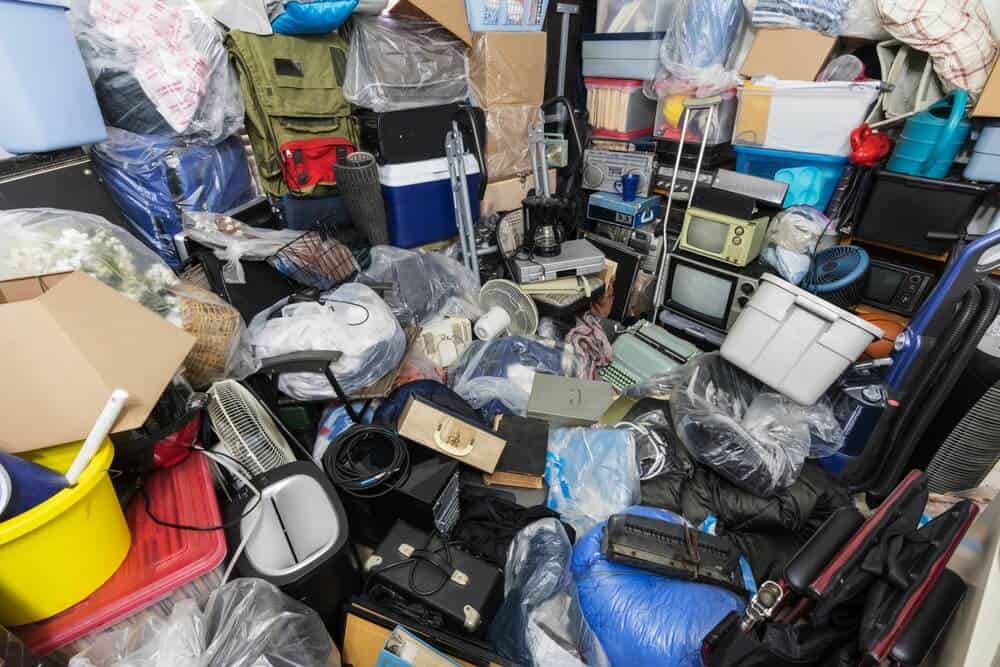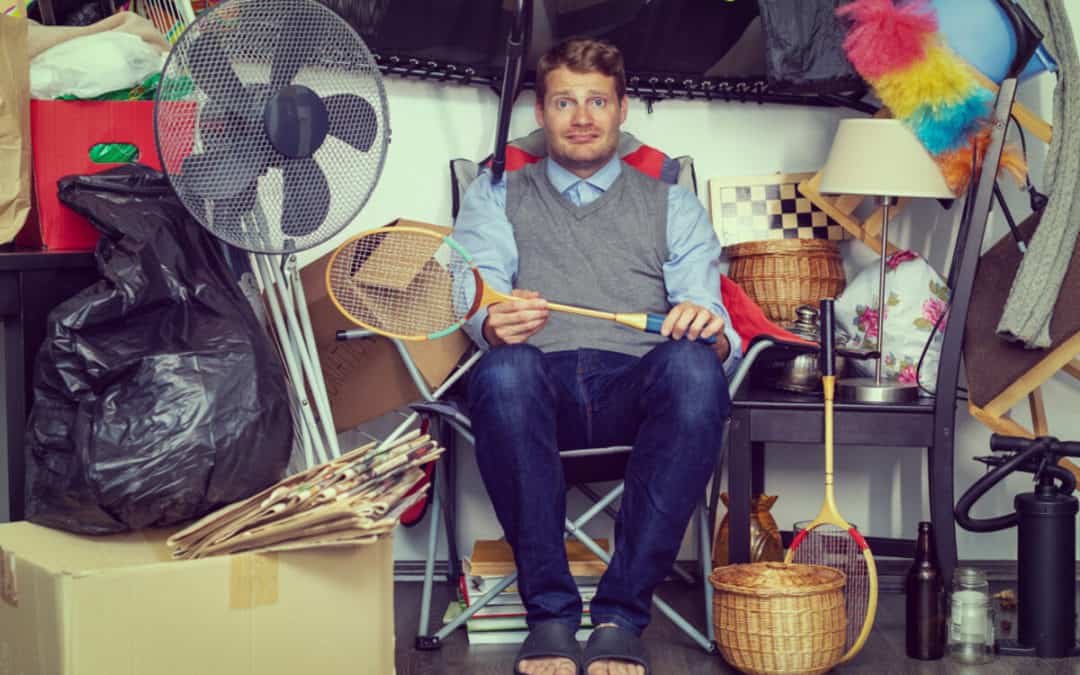Hoarding is a complex issue that affects millions of people worldwide. It’s more than just clutter; it’s a psychological disorder characterized by an overwhelming need to acquire and retain possessions, often resulting in excessive accumulation and an inability to discard items, even those with little or no value. So, how do you convince a hoarder to get rid of stuff? Let’s explore some effective strategies.
Recognizing the Signs of Hoarding
Before attempting to help a person who hoards, it’s crucial to recognize the signs of hoarding behavior. People who hoard often have difficulty throwing things away, experience intense anxiety at the thought of discarding items, and may have a strong emotional attachment to their possessions. Their living spaces are typically cluttered and disorganized, making it challenging to navigate or use functional areas of the home.
Approaching the Issue with Sensitivity
When broaching the topic of decluttering with someone who hoards, it’s essential to approach the situation with empathy and understanding. Avoid criticizing or shaming them for their behavior, as this can exacerbate feelings of shame and isolation. Instead, express your concerns in a non-judgmental manner and offer your support and assistance. Rather than using the term ‘hoarder’ use ‘someone who hoards’.
Start Small: Setting Achievable Goals
Convincing someone who hoards to get rid of stuff can be overwhelming, so it’s essential to start small and set achievable goals. Rather than attempting to tackle the entire cluttered space at once, focus on one area or category of items at a time. Break the decluttering process down into manageable tasks and celebrate small victories along the way.
Building Trust and Establishing Boundaries
Building trust is essential when helping a person who hoards declutter their home. Respect their autonomy and involve them in the decision-making process, allowing them to determine which items to keep and which to discard. However, it’s also crucial to establish clear boundaries and set limits to prevent the accumulation of more clutter in the future, fostering a sense of empowerment and accountability.
Seeking Professional Help
In some cases, the intervention of a mental health professional may be necessary to help a person who hoards address their underlying issues and develop healthier coping strategies. Therapists who are experienced in treating hoarding disorder can provide individualized support and guidance tailored to the person’s specific needs, offering a path toward long-term recovery and improved well-being.
Encouraging Maintenance and Continued Support
Convincing a person who hoards to get rid of stuff is just the first step in the journey toward recovery. It’s essential to provide ongoing support and encouragement to help them maintain their progress and prevent relapse. Encourage them to establish routines for organizing and decluttering regularly, and offer to lend a helping hand whenever needed. Remember, recovery is a journey, not a destination, and Scene Clean is here to support you every step of the way.
Conclusion

Helping a person who hoards to get rid of stuff is a challenging but rewarding process that requires patience, empathy, and understanding. By approaching the issue with sensitivity, setting achievable goals, and providing ongoing support, you can help people who hoard reclaim their living spaces and find freedom from the burden of excessive clutter. Remember, change takes time, but with the right support system in place, recovery is possible. If you need professional assistance in decluttering and cleaning, don’t hesitate to contact Scene Clean today. We’re here to help you through every step of the process.



